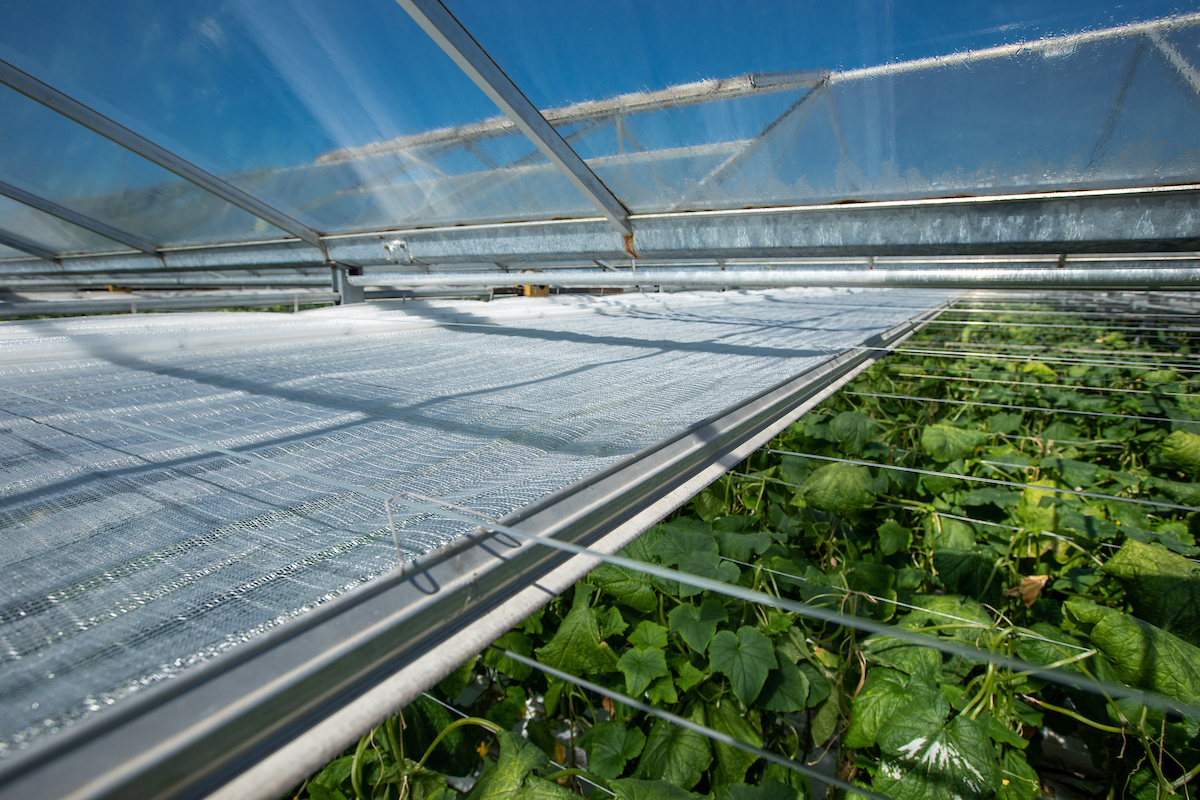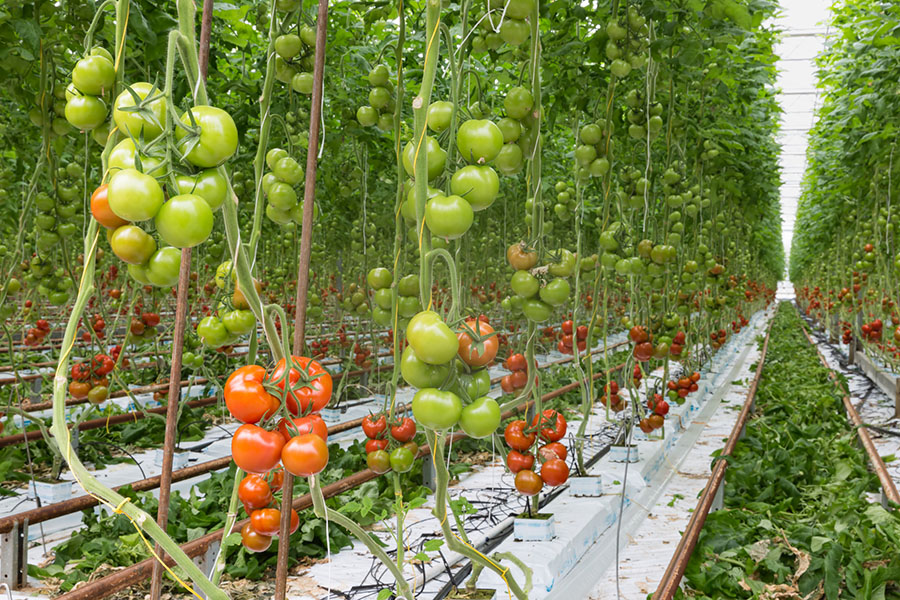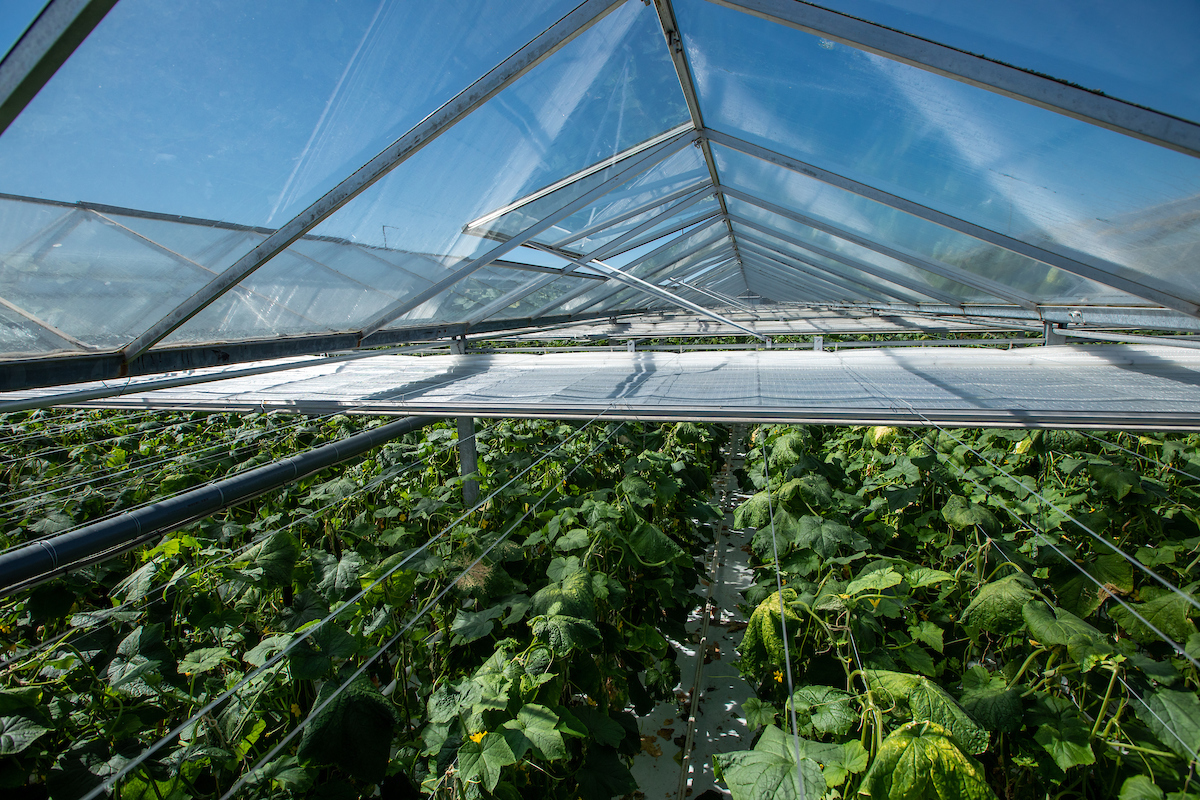Quick Recap July:
July mostly saw prices flatten. Fundamentals were relatively strong, although gas was the winner in the energy generation mix, with wind giving a strong showing for the traditionally less windy month generating 21% of our electricity. For reference, gas was 24% while imported power made up 19%. Gas demand stayed consistently and comfortably below the seasonal average.
UK storage strategy responded by aggressively prioritising injections to withdrawals injecting ~7.5TWh of gas during the month. This was in part due to the seasonal lull in Norwegian maintenance, but also with temperatures largely muted and consumer habits having changed since the energy crisis, more gas was available to be stored. Russia continued to attack Ukrainian electricity and gas infrastructure with the war-stricken nation importing the majority of its power from its neighbouring European nations.
The UK general election took place at the start of the month which resulted in a dominant Labour victory. Although it will take some time for the markets to see direct benefit, the new government has streamlined the process to allow new on-shore wind projects to be installed. Great British Energy will also come into force in the coming months which will also streamline renewable energy projects.
August Update:
Global conflicts heavily influenced the markets during August which was somewhat at odds with strong fundamentals. Initially, we saw Hezbollah conduct strikes in Israel. That, and the subsequent retaliatory strikes by Israel, marked an escalation in fighting in the region which has been a part of pricing conditions since Israel and Hamas clashed in October 2023. The resulting fallout was a negative response of market sentiment seeing prices increase.
This was then swiftly followed by a somewhat surprising assault into Russian territory by Ukrainian armed forces with claims of having taken control of around 500 square miles of the Kursk region. Crucially, the region contains the Sudzha gas facility which is Russia’s only entry point for gas into Ukraine before reaching European nations. Again, the markets reacted badly to this with supply and demand concerns and uncertainty around the ~40MCM per day that flows through the pipeline. This was a curious reaction as Europe (certainly in the Northwest) has been in a strong position with gas supply through most of the month with limited asset maintenance in Norway (until the very end of the month).
Most European nations (again in the Northwest) have been rigorously injecting into storage leaving reserves in a very strong position. The gas from Russia also will soon likely follow its Liquid Natural Gas (LNG) counterpart. Recent EU sanctions mean Russia can no longer sell LNG to member states, similarly, the import contracts for the gas are due to expire at the end of 2024 with the general consensus being they will not be renewed. With this likely eventuality, it could have been that the markets had already factored this into prices in preparation for the new year but this seems to not to be the case. Russia meanwhile continued to strike Ukrainian power infrastructure with reports that only one facility (hydro) remains capable of generating power for Ukraine, the remainder is being purchased from neighbouring nations while time-agreed blackouts are occurring across the nation to support medical and military facilities.
Towards the end of the month, in line with the autumn round of Norwegian LNG maintenance, the UK ramped up its acquisition of LNG, the majority of this from the US-owned Freeport facility which came back to full strength during the month after heavy disruption during 2024. August was also a windy month, with 34% of our power being generated via our turbines. Nuclear also surpassed Gas burn for Power as a consistent baseload from the reactors helped reduce the need for gas to smooth out any peaks.


Looking Ahead:
In both 2022 and 2023, Norwegian maintenance encountered issues leading to delays into the subsequent months with the markets interpreting supply concerns regarding the Sudzha pipeline it will be interesting to see if any recurrences of these issues spike the market.
On the topic of the Sudzha pipeline, it will be interesting to see how things progress during September in the Russia/Ukraine conflict. Similarly, we will need to monitor the Middle East for any further escalations there.
The US general election will also likely have a knock-on effect, but we will not see the results of this until after the election in November.
This update was written by Edward Kimberley









